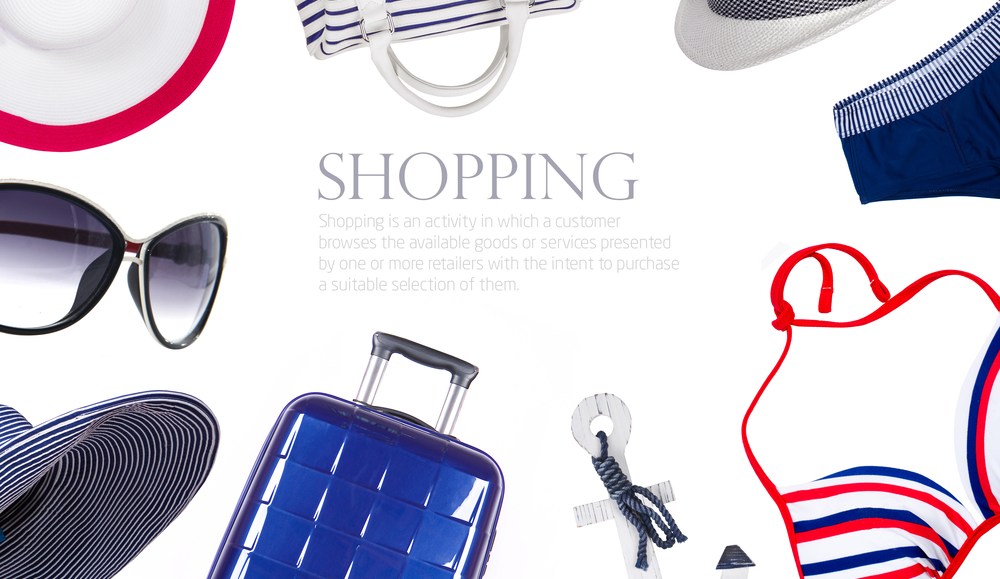
E-commerce companies like Amazon have built their brands into powerhouses online. Amazon, for example, has approximately 260 million active customer accounts worldwide. But as the distinction between online, mobile and real-world commerce evaporates, even digital-first brands are making their mark in the real world.
“Consumers today want to be able to get to brands whenever and wherever they want, be it online and in the real world,” said Allen Adamson, managing director of branding firm Landor Associates in New York.
A physical presence can also “build a richer experience,” he said. “If you can reach out and touch it and talk about it, you’ll have a deeper relationship with a brand than if you just double click on it.”
 In 2011, Amazon began installing lockers as pick up and return locations in cities like New York, Philadelphia and Seattle. Though these lockers were designed as another delivery option for residents who don’t want to leave their purchases on the front steps, they’ve also given Amazon — and the marketers it works with — a way to promote its brand beyond the warming glow of the digital screen.
In 2011, Amazon began installing lockers as pick up and return locations in cities like New York, Philadelphia and Seattle. Though these lockers were designed as another delivery option for residents who don’t want to leave their purchases on the front steps, they’ve also given Amazon — and the marketers it works with — a way to promote its brand beyond the warming glow of the digital screen.
This year, for example, Naked Juice wrapped lockers in 125 locations, across cities such as New York, Los Angeles, Washington, D.C., Seattle and Philadelphia. Many of these lockers were in or just outside 7-Eleven (or other convenience) stores. Amazon customers who used the lockers also received a Naked Juice coupon with their locker pickup code, which they could redeem at the adjacent 7-Eleven.
It’s a real-world example of how brands can use an online platform to engage consumers at multiple touch points, including offline.
“Amazon lockers is just one of many different points at which Amazon engages with customers, from sites to devices to delivery,” said Seth Dallaire, vice president of global advertising sales for Amazon Media Group. “We encourage brands to think beyond connecting with customers just on Amazon.com but rather to look across our end-to-end e-commerce platform at how we can create great, memorable customer experiences.”
Here are four other well-known online retailers building up their offline presence.
Making boutiques high tech
EBay is known worldwide for its online marketplace, but to connect with more consumers, it has been developing real-world interactive marketing platforms for the past year and a half. They created a digital storefront for its Kate Spade “Saturday” collection last fall that seemed like a simple digital billboard at first but doubled as a touchscreen that took orders and delivered products to customers.
Last month, eBay went further by creating a brick-and-mortar boutique for designer Rebecca Minkoff in New York infused with technology, including an interactive dressing room and mirrored displays that let shoppers browse the collection and even order drinks (three more will open soon).
From subscription box to bigger box
New York-based Birchbox has won fans with its bright pink box of beauty goodies delivered via a subscription service to customers each month. In July, they opened their first brick-and-mortar store in SoHo in order to bring their online-only brand into the real world. In part, the store is a marketing tool that lets shoppers try out Birchbox products in real life, and gives them a chance to sign up for the subscription service. It also offers blow-outs and makeup classes free for subscribers.
Co-founder Katia Beauchamp said the feedback and data the company gets from the offline store each week is being incorporated into future plans.
Making mobile payments pay
Since 2005, Brooklyn-based Etsy has been known as an online marketplace where crafters and jewelry makers could sell their wares. But the company recognized that Etsy sellers may want to sell items at craft fairs and other physical marketplaces.
To compete with other mobile payment systems like Apple Pay and Square, in October it launched a “Sell on Etsy program” to help keep its sellers within the Etsy fold. The card reader attaches to smartphones and syncs with Etsy’s Sell on Etsy app.
Fueling demand via vending
When Nike launched the Nike+ FuelBand in 2012, the wearable fitness gadget used a proprietary metric called Nike Fuel, a measure of how much you move throughout the day. It is tracked by the band and apps like Nike+ Training Club and Nike+ running. In order to promote the brand and the use of Nike Fuel, over the summer Nike installed a vending machine in New York and other cities that was stocked with Nike gear.
The catch? You had to pay for items with your Nike Fuel points. Nike used Twitter and Instagram to drop hints about where the machine was located.
Nike declined to comment on the response to the campaign. But the purpose was to help create excitement around Fuel points and give FuelBand wearers an incentive to stay loyal.
More from Digiday

Google delays third-party cookie demise yet again
For now, Google seems to have next year in mind as the latest end date for its plan to eliminate third-party cookies.

Amazon Ads, Reddit and MTV are 2024 Digiday Content Marketing Award finalists
This year’s Digiday Content Marketing Awards finalists focused on creating more relatable, interactive campaigns to improve consumer engagement. These shortlist entries showcase the companies and campaigns successfully using content to modernize media and marketing. With themes spanning social responsibility, personalization, collaborative campaigns with shoppable content and messaging with storytelling and humanization at the core, these […]

Publishers revamp their newsletter offerings to engage audiences amid threat of AI and declining referral traffic
Publishers like Axios, Eater, the Guardian, theSkimm and Snopes are either growing or revamping their newsletter offerings to engage audiences as a wave of generative AI advancements increases the need for original content and referral traffic declines push publishers to find alternative ways to reach readers.





